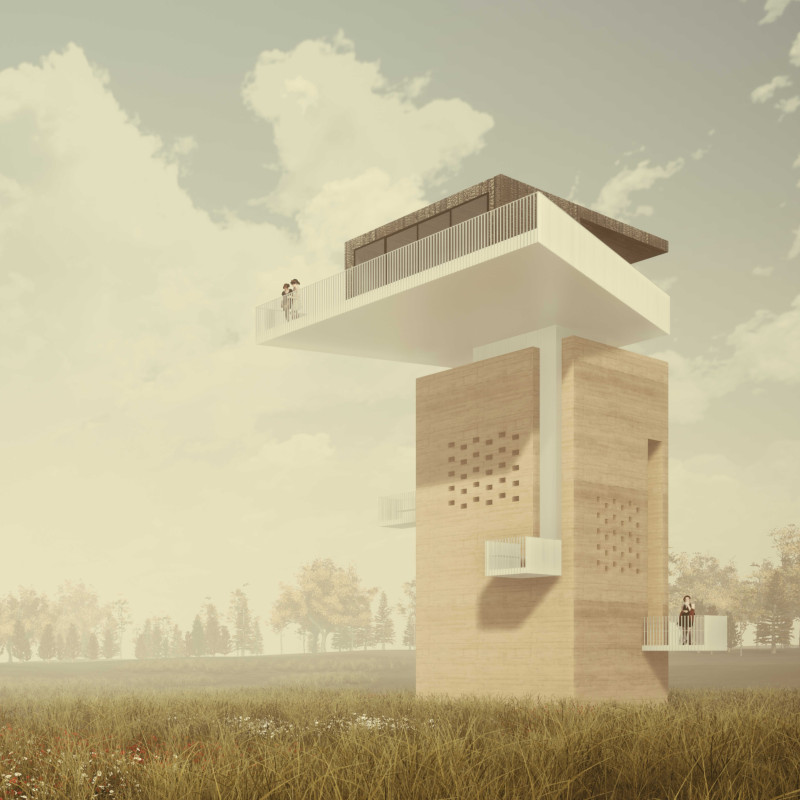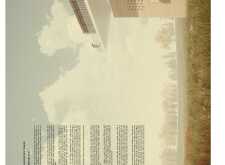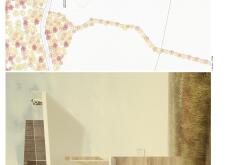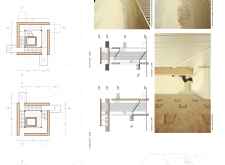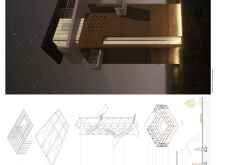5 key facts about this project
The design of the observation tower is rooted in the concept of connectivity—between people and the environment, as well as between different levels of the structure itself. The project is characterized by a multi-tiered approach that allows for various activities at different heights, enhancing the user experience while promoting the idea of viewing as an interactive and communal practice. This tiered design grants a sense of ascent, inviting visitors to move upward and experience their surroundings from a unique perspective.
In terms of materiality, the Kurgi Observation Tower employs a variety of sustainable materials, which play a significant role in both its aesthetic appeal and its environmental footprint. The predominant use of wood reflects a commitment to local sourcing and a harmonious relationship with nature, while concrete elements provide structural integrity necessary for the tower’s longevity. Large areas of glazing create transparency, allowing natural light to flood the interior spaces while framing views of the landscape. Additionally, the incorporation of adobe or stabilized earth adds an organic element that enhances thermal performance and emphasizes the building's connection to the ground.
One of the unique design approaches of this project is its innovative cantilevered top level. This element not only pushes the boundaries of conventional tower design but also encourages occupants to step out into the open air while enjoying panoramic views. This feature highlights the tower’s purpose of observation while providing a space for gathering and contemplation. The central circulation core, which consists of a stairway, enhances accessibility and fosters interaction among users as they ascend through the various levels.
The surrounding context has been carefully considered as well, with pathways that seamlessly connect the tower to adjacent natural features. This thoughtful integration ensures that visitors are encouraged to explore the environment beyond the building itself, reinforcing the project's focus on experience and engagement.
Overall, the Kurgi Observation Tower stands as a model of contemporary architecture that balances user experience with environmental considerations. Its multi-functional design encourages visitors not just to observe but to reflect on their relationship with nature in a setting that is both inviting and immersive. For those interested in exploring the intricacies of this architectural project, further details can be found in the architectural plans, architectural sections, and architectural ideas that showcase the thoughtful design choices that define this exceptional structure.


